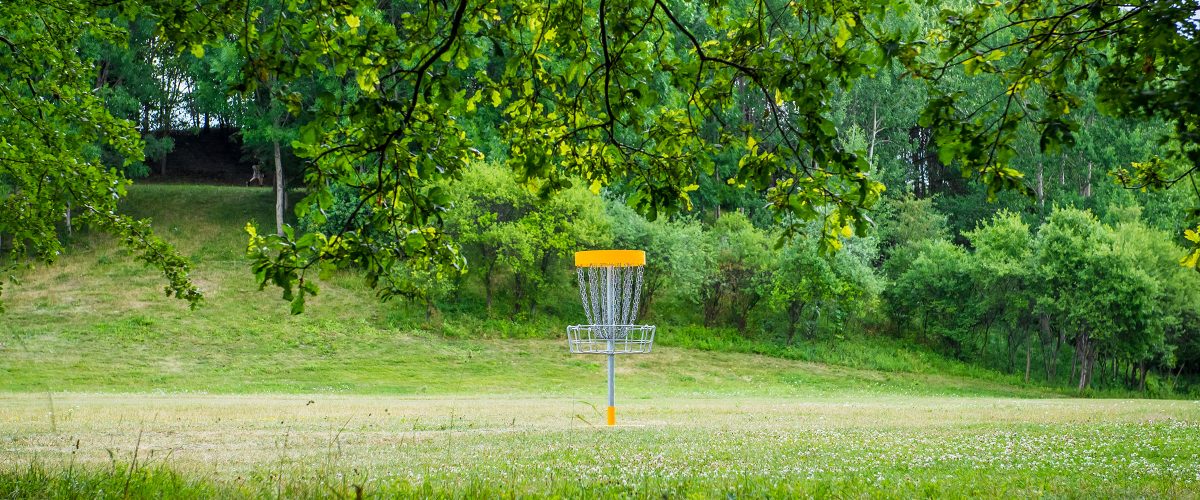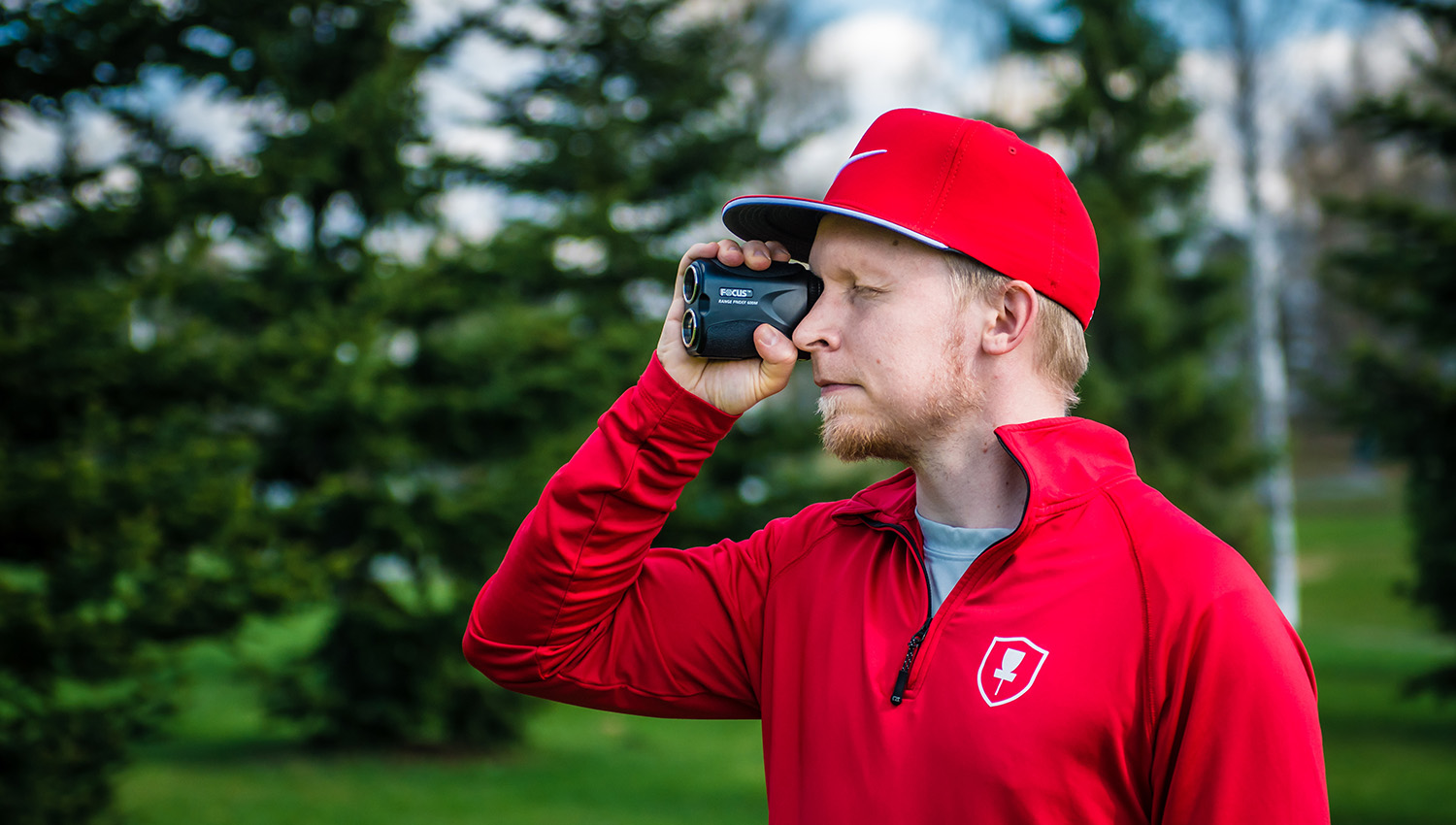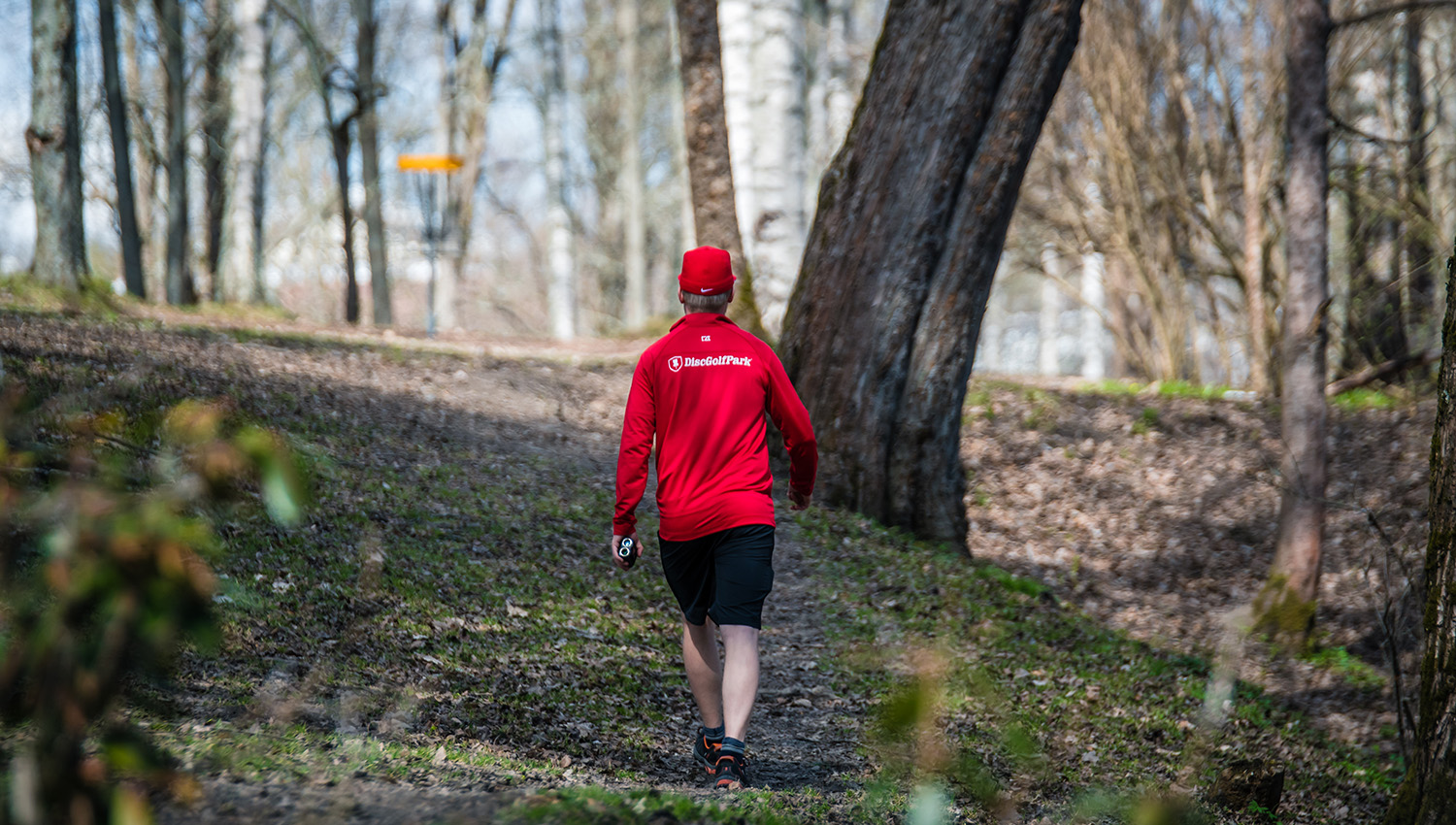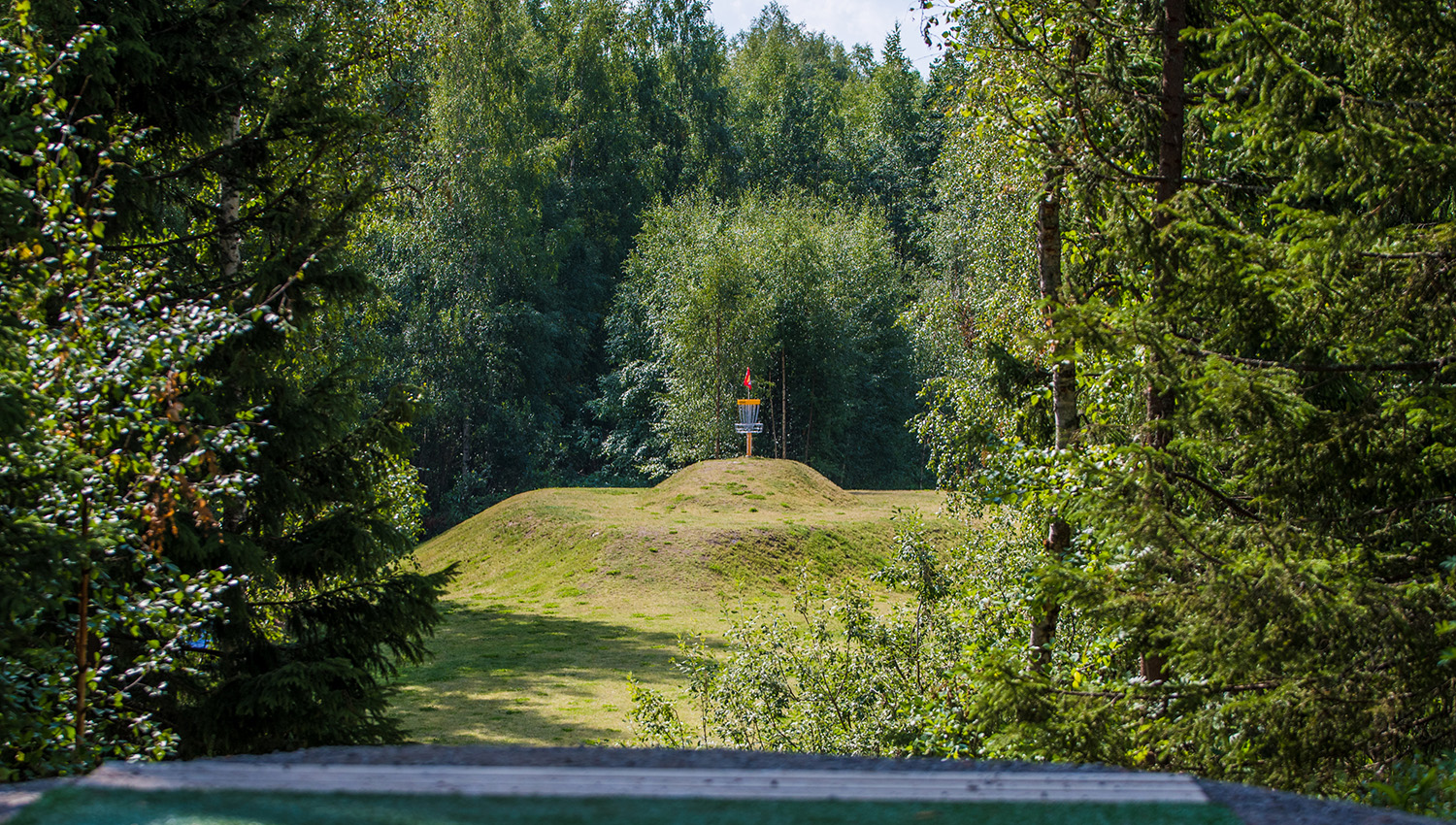How to build a disc golf course: 3 important dos

When a disc golf course is done right, everything seems straightforward. The lines from each tee to each basket make sense, transitioning from hole to hole is easy, and you never feel lost even if it’s the first time you’ve ever stepped foot on a property.
But creating a simple, enjoyable experience for players is the result of complicated calculations on the part of the person who made the course.
Here we take a look at some of that math with the help of three DiscGolfPark designers: Pasi Koivu, Avery Jenkins, and Dustin Keegan. Koivu has around 150 designs under his belt, Jenkins was the 2009 Pro Disc Golf World Champion and also co-hosts the Disc Golf Network’s course design show ”Finding the Lines,” and Keegan is the designer of the much-lauded Glendoveer featured at the Disc Golf Pro Tour’s Portland Open as well as many pop-up courses for youth used by the disc golf non-profit Uplay.
As you might imagine, these three had plenty to tell us about what goes into making a great place to play disc golf, and it turned out to be a bit too much to fit into just one post. So, we’ve spread it out over two.

Below you’ll find three ”dos” of top-notch course design with clear explanations and examples.
Do #1: Design a course that matches local needs.
Communities typically build public disc golf courses for one of two reasons: 1) To introduce disc golf as a new source of healthy outdoor recreation or 2) to grow an already thriving disc golf scene. In either case, a new course should provide just the right mixture of challenge and accessibility.
For those designing in places where disc golf is virtually unknown, Koivu offered a simple rule of thumb.
”Bringing disc golf to a totally new area asks for beginner level enjoyability,” he said.
What Koivu meant is that holes that are too long, too tight, or that force people who throw inaccurately to constantly get discs out of unpleasant areas (e.g., thick thorn bushes or swampy ground) leave bad tastes in first-time disc golfers mouths. People don’t want to feel like what a hole is asking them to do is impossible, and designers should never forget what can seem impossible to people throwing discs for the first time.
Jenkins said that when designing a course for true beginners, holes under 200 feet/61 meters are perfectly appropriate and he would only rarely go over the 260-270 foot/79-82 meter mark.
When creating layouts for more advanced players, designers have a bit more freedom but also more homework to do. They should research what sorts of holes already exist at other courses and design something that offers both new challenges as well as the opportunity for players to build on skills they’ve honed at other nearby courses.

Do #2: Create an intuitive course flow
Keegan told us this ”do” was his top priority when creating a new layout.
”The main thing I think about for design is course flow,” Keegan said.
A variety of factors go into producing good flow on a disc golf course, and some of the most important are these:
- Making hole 1 easy to find the from point of arrival (e.g., a parking lot)
- Assuring basket location and what routes players can take to reach it are clear from every tee (both tee signs and not having blind baskets help a lot with this)
- Varying hole types so players aren’t confused or bored by throwing the same shot shapes on successive holes
- Clearly indicating how players get from the end of one hole to the start of the next
- Keeping transitions between holes as short and safe as possible
- Placing the basket of the last hole near the point of arrival
The irony here – and the reason we added ”intuitive” into this ”do” – is that the majority of players will never notice good flow when it exists.
This is because when a designer manages to accomplish all the things we mentioned above, players stay focused on disc golf. They don’t get distracted by ending up at the wrong tee, wondering where in the world a basket is, or rechecking hole numbers because it’s hard to believe they’re being asked to throw a third 250-foot/76-meter hyzer in a row.
However, even if players don’t notice all the small details, the overall positive experience those details create is what will bring them back to play a course again and again.

Do #3: Place baskets and information about disc golf in highly visible areas.
No matter how perfect your course is for a community or how flawless its flow, if people don’t know it’s there, it won’t get used. The best way to make sure the people come? Make sure they see it.
If you’ve ever played a course in an area where disc golf is lesser-known, you’ve probably noticed a few people casting glances your way or even stopping a while to watch you play.
Though these interactions are brief and often non-verbal, this is one of the most important ways disc golf gets advertised to new players. People get intrigued by what they see and consider trying the sport out.
For this reason, it’s a great idea to consciously put at least a few baskets in places passersby are likely to see them. Clearly, safety also needs to be a top priority, so remember that a basket can be visible from a busy area without being in it. Additionally, it’s even better if the hole or holes have something particularly intriguing about them, like players discs’ soaring as they throw from a higher elevation to a lower one.
”You’re thinking about players who’ve never been exposed to disc golf in any way, shape, or form,” Jenkins said. ”You’re trying to entice them, get them thinking, ’That looks interesting’ or ’That looks fun.'”
What you can and should put in places with lots foot traffic is an information board that’ll help these interested people understand how disc golf works and what they need to get started.
Let us build your great disc golf course
If you want to make sure these ”dos” get done, our designers at DiscGolfPark are a great option. We’ve installed courses for all levels of players across the world and offer anything from design consultation to full-service planning and installation. Our baskets (which have proven themselves way up in Svalbard), tees, and signage are the best in the business and have become a signal to players that they’re in for a high quality disc golf experience.
We’d love to learn more about your project and how we could help, so please get in touch.
